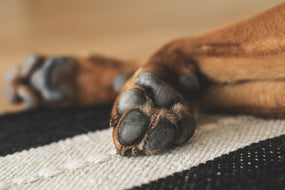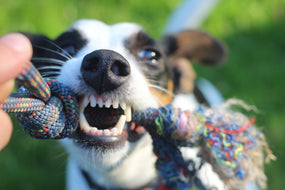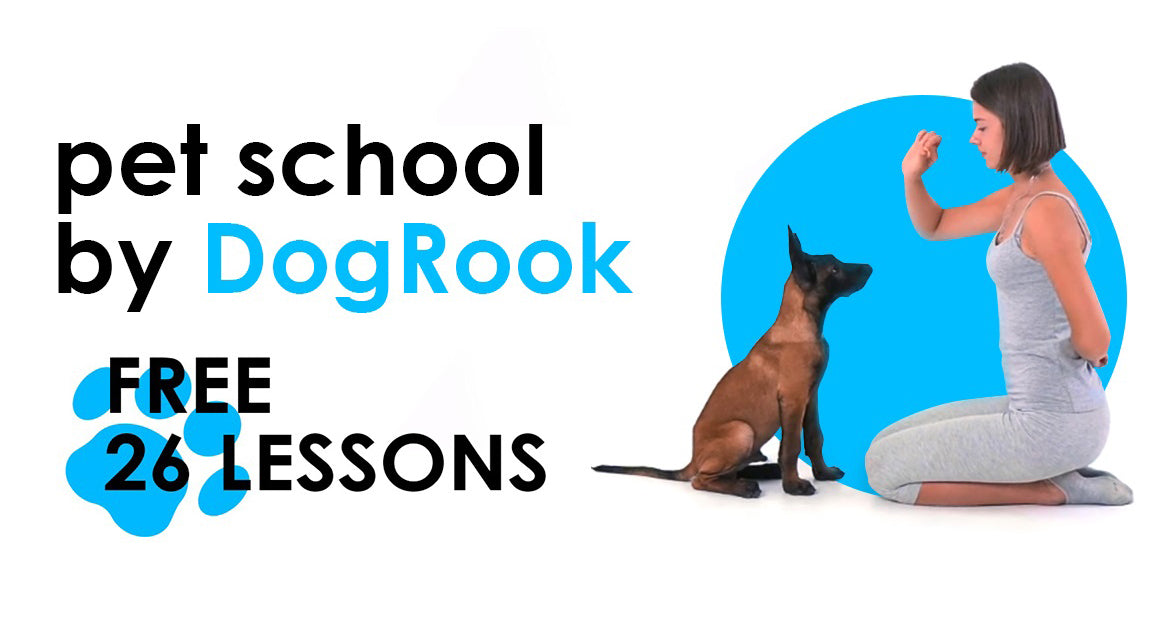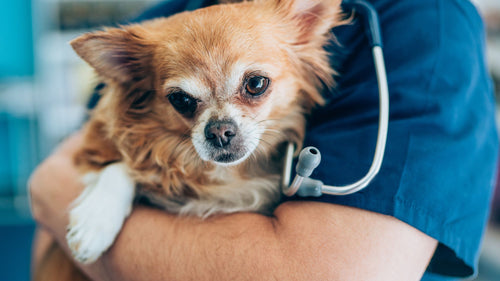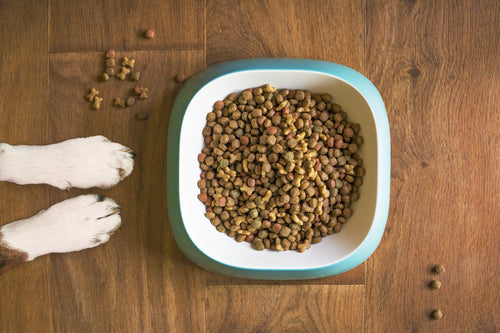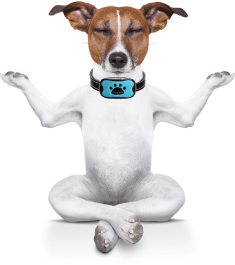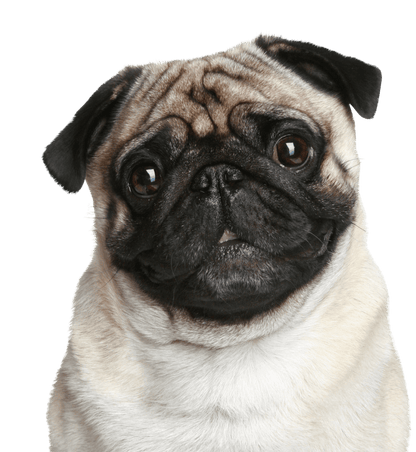How to Brush Your Dog's Teeth at Home?
Hardly anyone needs to explain why a person needs to brush their teeth. Everyone knows that a toothbrush removes plaque. Small deposits on the enamel can form into stone over time and cause a variety of dental ailments. The same problems threaten our four-legged friends if we do not provide full care for the mouth cavity. Animals need a toothbrush and toothpaste as much as we do. In this regard, a lot of questions immediately arise, such as how to brush a dog's teeth at home, what means to choose for a hygienic procedure and how often do we need to cleanliness and hygiene in the mouths of our pets?
Does a Dog Need to Brush their teeth?
Many dog owners still doubt whether it is worth burdening the dog with a rather complicated and unusual procedure like brushing its teeth. After all, the pet gnaws bones, treats and dry food. But this is not enough to keep the dog's jaws healthy. Food debris can "linger" in the gaps between the teeth, cause plaque and form into tartar. It may develop from simple, subtle troubles to serious health problems, such as the ones listed below.

Its malicious evolution looks like this:
- Causes damage to the gums.
- "Print out" the neck of the tooth.
- It provokes the appearance of stomatitis, caries, periodontal disease.
- Causes bad breath.
- Leads to gum disease and decreased appetite.
- The last and most deplorable result is the loss of teeth.
All these consequences are reflected in the mood of the dog. The animal becomes lethargic or, conversely, excessively aggressive. But to be fair, another truth must be recognized: the state of the mouth depends on more than hygienic procedures. There are several more nuances that affect the dental health of a pet:
- Genes. Dogs of different breeds inherited different levels of healthiness. For example, huskies and dobermans are lucky - their teeth are strong and healthy. But poodles and terriers often suffer from stone on the enamel, as well as its consequences.
- Diseases. If a puppy was ill in childhood, then in adulthood he is unlikely to be able to avoid dental troubles.
- Improper nutrition and care. Unbalanced or inadequate nutrition in childhood is especially harmful.
What Is the Right Way to Brush Your Dog's Teeth?
Before proceeding with the procedure, you must carefully prepare. First you need to think about what you need. For routine cleansing of the mouth, you will need the simplest hygienic zoo-set:
- Special toothbrush. Of course, in the absence of one, the human toothbrush will go. But a dog's brush has a much softer pile, as well as a special configuration, designed for the peculiarities of the structure of its mouth.
- Toothpaste for dogs. The usual one will not work for one simple reason - the dog will swallow some of the product. For quadrupeds, it can be toxic. A range of targeted pastes can be found in retail and online stores. They are designed to be able to enter the digestive tract of a dog, so they are completely harmless. There is also a pleasant bonus - an attractive aroma for a pet (for example, liver or chicken).
- Thimble brush for gum massage. It will make a full blood flow to the gums, which means it will prolong the life of the teeth.
Read also how to brush your dogs hair correctly here
How to Prepare Your Dog to Brush His Teeth?
It is necessary to acclimate the animal to hygienic procedures from childhood. Then problems with obedience during the "sanitary measures" should not arise. If the dog is an adult and is not used to such wellness sessions, then it is necessary to properly prepare them for it. It is important not to yell at your pet, not to jerk and not to use force. Otherwise, the dog will form a pronounced dislike for the procedure. In cleaning his mouth, he will only find stress, which means that he will try with all his might to avoid it.
Step-by-Step Preparation for Cleaning
- Find the right moment. Half of the success depends on this. The dog should be as calm and peaceful as possible. The best time to clean his mouth is after walking or training. A dog tired of active pastime will create fewer problems for the owner.
- Train your dog to get used to the presence of your hands in the his mouth. He should respond normally to the care of his jaws. Begin by touching, around and inside the mouth as usual. Gradually, the animal will get used to the sensations and will not resist during the hygienic session.
- Acquaint your dog with accessories and hygienic products. First, squeeze some of the product onto your finger and let the dog lick it off. This will help your dog understand whether you have chosen the right paste, and the dog will quickly get used to the new product. When your pet is familiar with the taste and smell of the hygienic product, lift his lips and run your finger over your pet's gums and teeth. This will be preparation for your dog’s "acquaintance" with the toothbrush.
- Give your dog time to "examine" the brush. He should examine it carefully before cleaning. You can apply a little paste and let the animal lick it off. Praise him for doing this.
Next, you need to be extremely careful to begin brushing your dog’s teeth in a sanitary manner. Dogs usually do not react too painfully to this. But all the same, precautions will not hurt. It is best if you enlist the support of another person - a friend or relative. Their function is to calm and pet the dog.
How to Properly Brush Your Dog's Teeth?
Cleaning the outside. Brush the teeth of the upper and lower row by sliding from top to bottom along the upper and lower jaws. Cross-cleaning will not provide results - you will only distribute the dirt evenly over the teeth. Move from the center strictly in one direction, then - change the trajectory in the opposite direction.
Cleaning the inside. Gently grip the top of the mouth with your palm. Raise his lip slightly and open his mouth. Brush his teeth along the inner row in the same way as you did on the outside.
Massage the gums. To improve blood flow, massage his gums with a special thimble brush. First massage up and down, then in a circular motion.
Promotion. For perseverance and patience, it is imperative to reward your pet and treat him with his favorite delicacy.
Useful Tips
- During the procedure, try to stroke your pet, talk to him in a soothing tone.
- Do not overbrush. Brushing should last no more than a few minutes.
- If the dog is showing desperate resistance, postpone the event for another time or consult a dog handler.
- Puppies do not need to brush their milk teeth. Hovewer, it is important from puppyhood to cultivate a calm attitude toward hygienic procedures. In order for kids to begin to get used to it from childhood, it is necessary to regularly wipe their gums for them.

How Often Should a Dog Brush His Teeth?
It is best to do hygiene sessions daily. But if there is not free time, then you should clean the mouth at least twice a week. As already mentioned, puppies do not need such scrupulous care of the mouth. Puppies are born with bare gums. Up to 4 months of age, they use milk teeth, which are completely replaced by the age of six months. After that, you need to start fully cleaning with paste and a brush.
Several Useful Life Hacks:
- Do not despair. If the first time it didn't work out to clean the pet's mouth, this does not mean that oral hygiene should be abandoned forever. It may still worth making an effort and trying to find the right approach.
- Use complementary remedies to solve dental problems. For example, buy special toys that successfully fight plaque. However, they cannot replace cleaning. They only support and enhance the action of the toothbrush.
- Visit your veterinarian. He will teach you how to properly care for a dog's mouth, advise the best remedy. If there are already problems, then this will help to solve them. For example, you may have the stone removed by mechanical or ultrasonic cleaning.
How to Clean Your Dog's Teeth without Brushing?
Many dog owners have noticed the almost magical properties of tomato paste. It is believed that in the struggle for the cleanliness of the teeth of animals, the best "folk" method has been found. It has been noticed that with the constant use of this culinary ingredient, not only does plaque come off, but old stones disappear. The unpleasant smell from the mouth disappears without a trace. In addition, natural tomato paste will not harm the stomach of dogs, even if they swallow it whole. The procedure is perceived by the pet quite calmly.
So, How Do You Use the Miraculous Tomato Toothpaste to Clean Your Pet's Mouth?
- Take a bandage or a small piece of gauze and wrap it around your finger.
- Dip in tomato paste.
- Brush his teeth using the standard procedure.
Most often, tomato paste is used not only for the daily cleaning of the jaws, but for the quick and effective removal of calculus. Then it is applied after the usual brushing with dog paste. At the same time, try to focus on the area between the teeth and gums.
Can a Dog's Teeth Be Cleaned with Human Toothpaste?
A toothpaste made for humans is not suitable for a dog. Other similar products, such as baby paste or tooth powder, are not suitable for these purposes. Aromatic fillers, substances that form a foam, and an "aggressive" composition - all of this can harm your pet, especially if the agent gets into his stomach. In this case, it can provoke an upset stomach and gastrointestinal diseases.
Some human oral hygiene products contain too much sodium, which can hurt your pet. A human toothbrush may be used to replace a dog's toothbrush, but in the case of human toothpaste this is a completely unacceptable option. It is better to find a suitable product in a zoological online store. Moreover, the range of such products is large.

Types of Toothpastes and Toothbrushes
When choosing products for the hygiene of the mouth cavity of a pet, consider the size, habits, character and behavior.
For fidgeters who do not want to endure hygienic procedures over a period of time, the following drugs are suitable:
- Anti-plaque liquid or gel
- Teeth cleaning gel
- Foam with a dispenser for stone removal
- Rinse aid for fresh breath
- Spray against stone growth
All of them do not require a brush, are applied quickly, and work effectively.
For obedient, trained and patient pets, you can buy more serious accessories for brushing their teeth:
- Enzyme toothpaste
- Whitening paste
- Toothbrushes of special configurations
Choose toys labeled "dental" for playful and cheerful animals. This means that during entertainment, the product will still take care of the health of the dog's teeth:
- Ball for cleaning the spaces between teeth and removing calculus
- Toy bone
- Rubber ring or pear
- Bones with adhesive toothpaste
- Game apport

Caring for our smaller brothers is troublesome, but incredibly important. After all, every dog owner strives to ensure that his pet lives for a long time and does not suffer from diseases. This is why it is so important to brush your dog's teeth regularly. Then he will always remain healthy and constantly be a source of delight, as well as have an attractive appearance.
How to brush a dog's teeth at home - this question worries all caring owners. Taking care of the hygiene of the mouth cavity is no less important than proper nutrition, training and walking. Many pet health problems can be prevented by making brushing a regular and enjoyable procedure.

